Mallows (Malvaceae)
|
Tilia americana |
Tilia x euchlora |
Tilia x europaea |
Tilia henryana |
|
Tilia americacna 'Nova' |
Tilia platyphyllos |
Tilia mongolica |
Tilia tomentosa |
|
Tilia cordata |
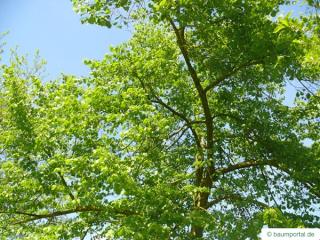 Tilia americana The American lime comes from eastern North America. It has very large leaves and is therefore a good shade tree. The flower is rich, fragrant and very popular with bees (bee pasture). |
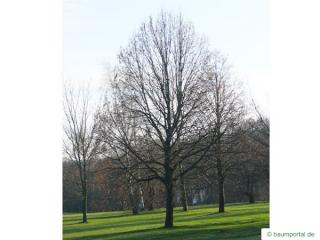 Tilia x euchlora The Caucasian lime is native to Europe and Western Asia. The Caucasian lime blooming late and plentiful. The nectar is very high in sugar. The lime is a good bee pasture. |
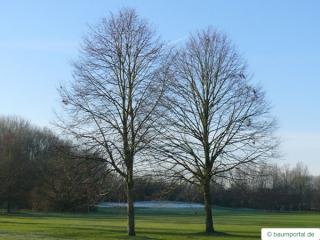 Tilia x europaea The lime is a natural cross between the Large leaved lime and Small leaved lime. This classic avenue tree is often attacked by aphids that secrete the so-called honeydew dirty everything under the trees. |
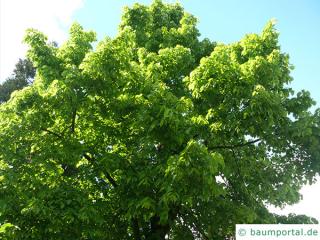 Tilia americacna 'Nova' The Linde comes from eastern North America. Conspicuous are its big leaves. |
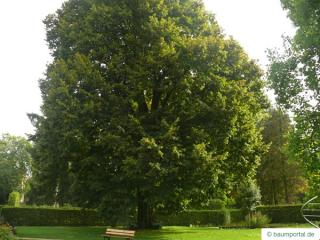 Tilia platyphyllos The Large leaved lime is native to Europe. The dried flowers are processed into lime blossom tea. Leaves, flowers and fruits of lime contain oils that are used in various home remedies. The lime is a good bee pasture. |
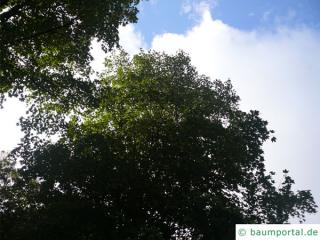 Tilia mongolica As the name implies, this lime is originally from Mongolia. |
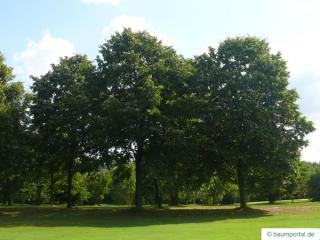 Tilia tomentosa The Silver lime is native to Europe and Western Asia. The silver linden blooming late and plentiful (bees and bumble pasture). The flowers antispasmodic extracts are obtained. |
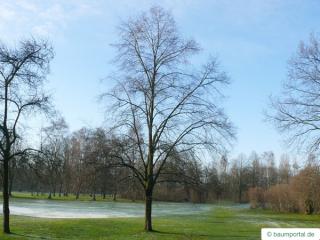 Tilia cordata The Small leaved lime is native from Europe to the Middle East. The flowers of the Small leaved lime have a high sugar content and are therefore well suited as bee pasture. |






